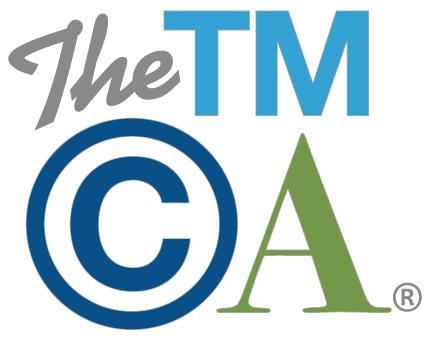What’s That Sound? It Might Just Be a Trademark.
 Trademarks are not only words or logos, but can come in many other forms, including sounds. In the words of the Trademark Trial and Appeal Board in the case In re Gen. Electric Broad. Co., 199 USPQ 560, 563 (TTAB 1978), sounds can function as trademarks “in those situations where they assume a definitive shape or arrangement and are used in such a manner so as to create in the hearer’s mind an association of the sound with a service [or a good].” The process of securing a sound mark registration with the United States Patent and Trademark Office (“PTO”) is a bit different than the process for securing other more traditional marks. Here we offer five considerations that may make the application process a bit more harmonious for you and your client.
Trademarks are not only words or logos, but can come in many other forms, including sounds. In the words of the Trademark Trial and Appeal Board in the case In re Gen. Electric Broad. Co., 199 USPQ 560, 563 (TTAB 1978), sounds can function as trademarks “in those situations where they assume a definitive shape or arrangement and are used in such a manner so as to create in the hearer’s mind an association of the sound with a service [or a good].” The process of securing a sound mark registration with the United States Patent and Trademark Office (“PTO”) is a bit different than the process for securing other more traditional marks. Here we offer five considerations that may make the application process a bit more harmonious for you and your client.
- Consider whether you have a protectable sound mark. The PTO will not register “commonplace” sound marks (such as alarm clock chirps and audible electronic signals), but rather only marks that are “arbitrary, unique or distinctive.” Further, a sound mark that is “functional” cannot be registered. As described in In re Vertex Grp. LLC, 89 USPQ2d 1694, 1702-03 (TTAB 2009), a sound mark is functional if: (1) it is essential to the use or purpose of the goods or services; or (2) if it affects the cost or quality of the goods or services, such that the exclusive right to use the sound would put competitors at a disadvantage. Accordingly, the PTO has concluded that sound marks for goods that make sound in the ordinary or normal course of operation of goods are only registrable upon a showing that the sound has become distinctive of particular goods or services through substantially exclusive and continuous use, usually for at least five years before the claim of distinctiveness is made. For example, the Board in the In re Vertex case noted above held that such goods likely include “alarm clocks, appliances that include audible alarms or signals, [and] telephones.”
- The applicant must identify the type of mark as a “sound mark” when filing the application. If the application is filed online, then the applicant can select “sound mark” as the type of mark. If the application is filed on paper, then the applicant also needs to identify the mark as a “Non-Visual Mark.”
- The applicant must submit a digital file containing an audio representation of the sound mark to supplement and clarify the applicant’s description of the mark. For electronic applications, the file can be uploaded with the application. The file size should be less than 5 MB and the file type should be .wav, .wmv, .wma, .mp3, .mpg, or .avi. For paper applications, the file must be submitted on a compact disc, DVD, video tape, or audio tape.
- The applicant must submit a detailed description of the mark. For example, one of the most famous registered sound marks is the NBC chimes, which is registered for “broadcasting of television programs” (Reg. No. 916,522), and is described as “a sequence of chime-like musical notes which are in the key of C and sound the notes G, E, C, the “G” being the one just below middle C, the “E” the one just above middle C, and the “C” being middle C, thereby to identify applicant’s broadcasting service.” The mark can be heard here.
- The applicant must include a specimen of use either as a digital file (if uploaded) or on a CD or DVD (if submitted by mail) that shows how the sound mark is used in connection with the goods or services for which the mark is to be registered. For example, to maintain the NBC chimes registration, the registrant most recently submitted a digital file of a promotion for “The Tonight Show” that features the chimes.
If you want to take a look at some examples of successfully-registered sound marks, here are some fairly well-known ones:
- MGM lion’s roar, which is registered for motion pictures and entertainment services (Reg. No. 1,395,550)
- Fox fanfare, which is registered for motion picture films (Reg. No. 4,623,610)
- “Intel inside,” which is registered for computer hardware and operating system software (Reg. No. 2,315,261)
- Mac startup sound, which is registered for computers and operating system software (Reg. No. 4,257,783)
- NFL on Fox theme song, which is registered for entertainment services (Reg. No. 3,141,398)
- James Bond theme, which is registered for CDs, DVDs, and entertainment services (Reg. No. 4,065,012)
Not all sounds have to be as well-known as those listed above to function as trademarks. So if that sound your customers have been hearing makes them think of your company, then it may be time to consider trying to obtain a federal registration.







